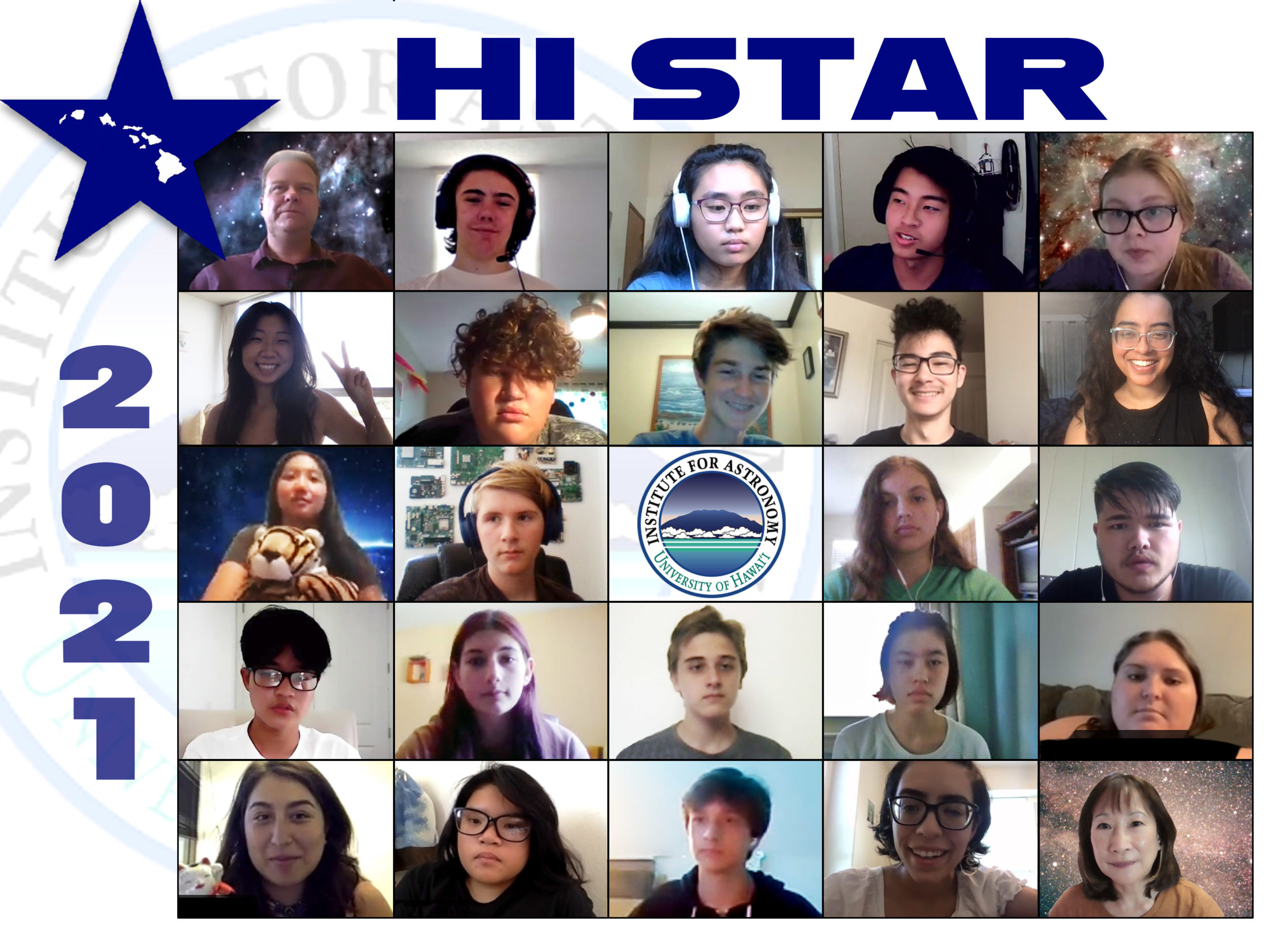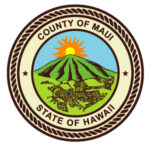Today in Hawaii, science-minded students, like the ancient celestial navigators, look to the sky to understand what is going on in the cosmos. For over a decade, the University of Hawaii Institute for Astronomy’s (IfA) Hawaii Student Teacher Astronomy Research (HI STAR) program has attracted middle and high school students from across the state. Led by Dr. James “JD” Armstrong, IfA Maui Technology Education and Outreach Specialist, HI STAR introduces students to the basic practices of science – exploring, going out and discovering new things, and adding to humanity’s understanding of the universe.

Despite the pandemic, Dr. Armstrong and his team, interacting through online Zoom meetings, were able to run the 2021 HI STAR program. An advantage to holding the program online was that researchers from around the world were able to give instruction in their areas of expertise. While the group missed meeting together, the program was a great success.
“A highlight of my job is mentoring students and assisting them with their science projects,” said Armstrong. “Using Astrometrica, a software tool that calculates precise positions of the celestial bodies, students can remotely observe the sky as it is seen from different parts of the earth. They can analyze collected image data, as well as watch an asteroid make a fly-by of the earth. Fourteen students attended and worked on projects ranging from solar rotation to active galactic nuclei.”
One student reflected, “The HI STAR program felt like somewhere I truly belonged. It was a pleasure meeting new people that had my same interests and discovering extraordinary objects in space together. Dr. Armstrong helped me with sorting out how the physics works which brought me a step closer to my dream of becoming a professional astronomer. I am so thankful for this opportunity!”
Another student added, “Dr. Armstrong has encouraged my interest in hypervelocity stars; stars thought to originate when a binary system encounters the supermassive black holes in our Milky Way. He has motivated me to better understand the age and classification of these stars and has given me the confidence to think that I could actually discover something new about the universe!”
Dr. JD Armstrong, UH IfA Technology Education and Outreach SpecialistSince the end of the 2021 HI STAR session, several of the students have received high honors at science fairs and their work has been in the press.
